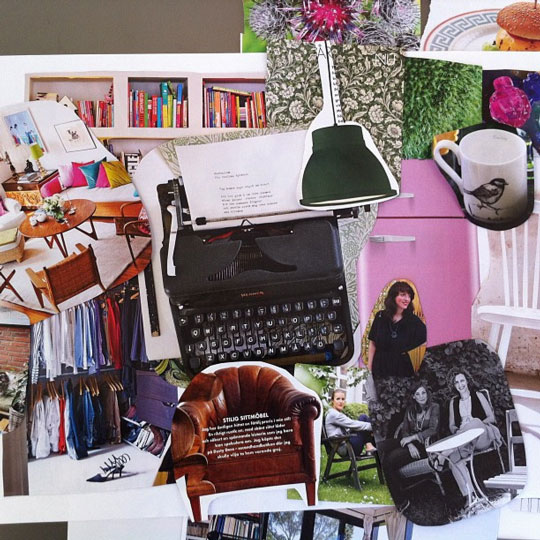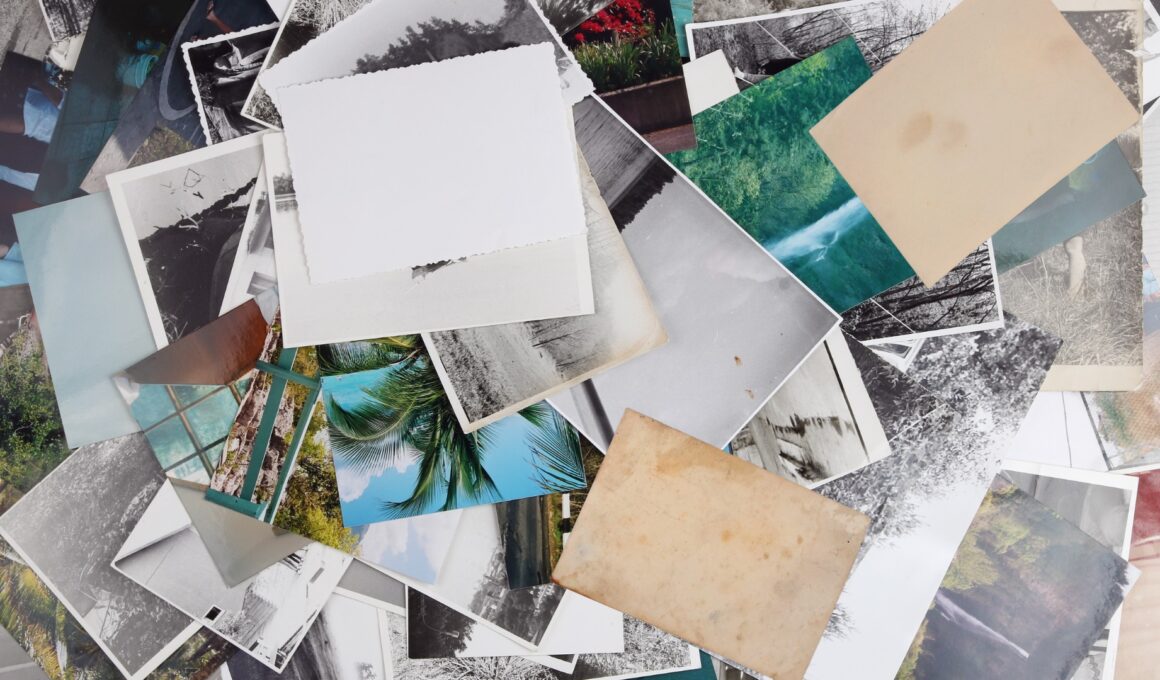It’s a common misconception – perpetuated by pop culture – that most of us have ideas that thrust themselves into our minds fully formed. The ‘eureka moment’ is something that a lot of people talk about, but the reality is that this isn’t how most of us have our best ideas. Rather for the majority of us, ideas tend to gradually formulate in our minds over a long period of time and ‘gestate’ for days, months or even years before emerging fully formed. And even when we do have those light-bulb moments where we have a brilliant idea suddenly emerge in our minds – we won’t always recognize it as such without further rumination.
Most great ideas then start life as throwaway thoughts (‘wouldn’t it be great if… ‘) or just little concepts (‘a pen that’ not just a pen… hmm… ‘) but don’t develop until they’ve been mulled over for a while in our mind or bounced off a few other people who contribute further to the concept.
In other words, you probably already have a few of those amazing brainstorms lurking in the recesses of your brain, but just require further rumination to make them into something that could make a lot of money, change your life or perhaps change the world. Which is why it’s so useful to have a method that can help you conceptualise and develop them.
The Mood Board

This is where the mood board comes in – a fantastic tool for coming up with ideas and for developing our thought processes that is commonly employed in the world of art and design. When many artists or designers embark on a new project they will begin with a mood board which will basically be a collage made up of colours, images, words, textures, photos and items that inspire them and that help to set the tone for their intended artistic direction. This then allows them to start to ‘zero in’ on the design traits and the elements they want to use, as well as to communicate to the rest of their team or to their commissioners what their intended direction is.
If you have any kind of idea or project you’re working on, you can employ a similar strategy in order to start to organize your thoughts and visualize your perhaps abstract ideas. For instance, if you want to design a new entrepreneurial project to sell you could create a mood board using photographs of similar devices, using sketches of your mechanical ideas, and using thought balloons describing the current challenges you’re facing.
Likewise if you just want to use your mood board around the home and your personal life then it can similarly be a great way to start getting ideas for where you want to go on holiday and how you want that holiday to pan out, or for your interior design when you’re remodelling the kitchen or coming up with new colour schemes and layouts for your bedrooms. A mood board can even be a great gift if you use it to ‘capture’ the feeling you have for someone or the time you’ve spent together by using emotive words, photographs and sketches of shared interests.
For Personal Development
The mood board can also be a useful exercise when it comes to personal development, and is perfect for visualizing where you want to be in several years’ time or finding what’s currently wrong in your life.
For instance, if you are looking for a new career or ways to find more direction in your life, then you can use a mood board in order to collect images that you find inspiring, people you look up to, or professionals you envy to try and get a feel for the direction you want your life to head in. Likewise if you aren’t currently satisfied with your current situation you could make a mood board of your life as it is now in order to find the things that you aren’t happy with and that need improvement.
Either way, by creating a mood board it’s possible to start to grasp abstract feelings or intentions so that you can come up with more concrete plans and goals. It’s a lot of fun too putting your dreams down on paper in this visual way, so get to it!




